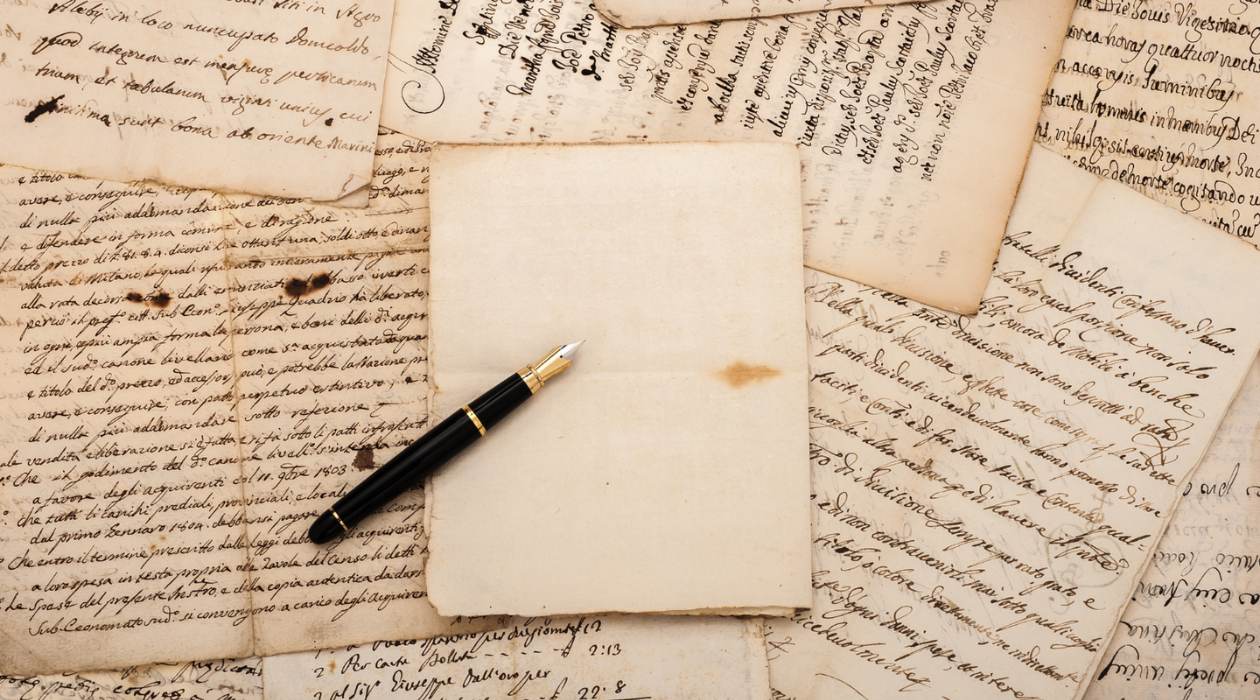

Articles
How To Store Old Letters
Modified: January 18, 2024
Learn how to properly store and preserve old articles and letters to ensure their longevity and value. Discover expert tips and techniques to maintain their condition with our helpful guide.
(Many of the links in this article redirect to a specific reviewed product. Your purchase of these products through affiliate links helps to generate commission for Storables.com, at no extra cost. Learn more)
Introduction
Welcome to the world of old letters, where every page holds a piece of history and a glimpse into the lives of those who came before us. From handwritten love letters to heartfelt correspondences between friends and family, these cherished treasures deserve to be preserved and protected.
But what should one do with a collection of old letters? How can we ensure their longevity while still being able to enjoy and share these tangible connections to the past? In this article, we will explore the importance of storing old letters, the materials needed for proper preservation, and various storage options available in both physical and digital formats.
Preserving old letters is not only a way to honor our personal history but also a means to understand the larger historical context. These letters can provide valuable insights into the social, cultural, and personal aspects of a particular time period. They offer a window into the thoughts, emotions, and experiences of individuals who lived through those times.
Imagine the joy of discovering a bundle of letters exchanged between your grandparents during their courtship or stumbling upon a correspondence between two friends who experienced a significant historical event firsthand. These letters serve as portals to the past, allowing us to step into the shoes of those who came before us and gain a deeper understanding of our own heritage.
Moreover, old letters often serve as a bridge between generations, connecting us with our ancestors. They offer a tangible connection to family members who may have passed away or lived far away. Preserving these letters ensures that their stories are not lost and can be passed down to future generations.
However, it is important to note that old letters are fragile and can deteriorate over time if not properly cared for. Factors such as exposure to light, fluctuations in temperature and humidity, and improper storage materials can lead to fading, yellowing, and even the loss of valuable content.
In the next sections, we will delve into the best practices for storing old letters, including the choice of suitable storage materials, sorting and organizing strategies, options for physical storage, and digital preservation methods. So let’s embark on this journey of uncovering the secrets of old letters and learn how to ensure their longevity for years to come.
Key Takeaways:
- Preserve old letters to honor personal and historical narratives, connect with ancestors, and gain insights into relationships and societal contexts. Choose suitable storage materials and digital solutions for long-term preservation.
- Safeguard old letters from damage by handling with care, controlling environmental factors, and utilizing safe physical and digital storage options. Share and document the stories to pass down family history for future generations.
Read more: How To Store Old Cards And Letters
Importance of Storing Old Letters
Old letters serve as historical artifacts that provide a unique and personal perspective on the past. They offer a glimpse into the daily lives, experiences, and emotions of individuals, shedding light on social, cultural, and historical events. Here are some reasons why storing old letters is important:
- Preserving Personal History: Old letters hold the stories and memories of our ancestors. They contain details about their lives, relationships, struggles, and triumphs. By storing these letters, we ensure that these personal histories are not lost and can be passed down to future generations.
- Understanding the Past: In addition to the personal history they hold, old letters offer insights into the broader historical context. They can reveal information about societal norms, cultural practices, and significant events that shaped the lives of our ancestors. By studying these letters, we gain a deeper understanding of the world they lived in.
- Preserving Heritage: Old letters serve as a tangible connection to our heritage and ancestry. They allow us to connect with family members who may have passed away or lived in a different time or place. Preserving and sharing these letters helps to maintain our cultural identity and preserve our family legacy.
- Insights into Relationships: Letters offer a unique insight into the relationships and interactions between people. They can reveal the depth of affection between loved ones, the bonds of friendship, or the hardships and challenges faced by individuals. Reading these letters allows us to better understand the dynamics of those relationships.
- Historical Research: Old letters are valuable resources for historians and researchers. They provide primary source material that can be used to study specific time periods, events, or individuals. These letters contribute to a more comprehensive understanding of history and can offer new perspectives or shed light on previously unknown aspects.
- Emotional Connection: Storing old letters allows us to retain an emotional connection to our ancestors. Reading their words and seeing their handwriting can evoke a sense of nostalgia and bring us closer to those who came before us. It provides a tangible link to our family history and reminds us of our roots.
By recognizing the importance of storing old letters, we can ensure that these precious pieces of history are preserved for future generations. They offer us a unique window into the past, fostering a deeper appreciation for our heritage and a connection to those who have shaped our lives.
Choosing the Right Storage Materials
Proper storage materials are essential for preserving old letters and protecting them from damage. Here are some key considerations to keep in mind when choosing the right storage materials:
- Acid-Free Archival Paper: When storing old letters, it is crucial to use acid-free archival paper or folders. Regular paper contains acids that deteriorate over time and can cause yellowing, brittleness, and fading of the letters. Acid-free archival paper is made from high-quality materials that are pH neutral, ensuring the long-term preservation of the letters.
- Archival Boxes: Sturdy archival boxes provide a protective environment for storing letters. These boxes are made from acid-free and lignin-free materials, which prevent the transfer of acids and other harmful substances to the letters. Opt for boxes that are the appropriate size to accommodate the letters without crushing or bending them.
- Clear Polyester Sleeves: To provide an extra layer of protection, consider using clear polyester sleeves for individual letters. These sleeves are acid-free and offer a barrier against dust, moisture, and other potential sources of damage. The clear material allows for easy viewing of the letters without the need to handle them directly.
- Photographic Storage Boxes: If the old letters contain photographs or other delicate items, consider using acid-free photographic storage boxes. These boxes have separate compartments or drawers, allowing you to safely store and organize both letters and photographs without risking damage or deterioration.
- Archival Binders: For loose letters or documents, archival binders provide a secure and organized storage solution. Look for binders made from acid-free materials and use archival-quality plastic sleeves or page protectors to prevent direct contact between the letters and the binder.
- Pencil or Acid-Free Ink: When handling old letters, use a pencil or acid-free ink pen for any necessary annotations or labeling. Regular ink pens may contain chemicals that can damage the letters over time. Avoid using adhesive-backed labels or sticky notes, as they can leave residue or damage the surface of the letters.
Remember to handle old letters with clean hands to prevent the transfer of oils, dirt, or other contaminants. Avoid eating or drinking near the letters and store them in a cool, dry place away from direct sunlight or extreme temperature and humidity fluctuations.
By choosing the right storage materials, you can create a safe and protective environment for your old letters. These materials will help to minimize the risk of damage and ensure the long-term preservation of these valuable historical artifacts for years to come.
Sorting and Organizing Letters
Sorting and organizing old letters is an important step in preserving their integrity and making them easily accessible for future reference. Here are some tips to help you effectively sort and organize your collection:
- Chronological Order: Consider arranging the letters in chronological order. This allows for a clear understanding of the progression of events and the development of relationships over time. Use dividers or labeled folders to separate different time periods.
- By Correspondent: Another approach is to organize the letters by correspondent. Group letters exchanged between specific individuals, such as family members, friends, or romantic partners. This method helps in understanding the dynamics and evolving nature of specific relationships.
- Contextual Themes: If your collection includes letters related to specific topics or events, consider organizing them by themes. For example, group letters from a particular time period, letters regarding a family reunion, or letters related to a specific historical event.
- Preservation Priority: Identify letters that require additional attention or special preservation methods. This could include letters that are particularly fragile, contain photographs or other delicate items, or hold significant historical or sentimental value. Store these letters separately or provide additional protection within the storage containers.
- Labeling: Label each storage container or folder with relevant information such as the correspondent’s name, date range, or theme. Clear and consistent labeling will make it easier to locate and retrieve specific letters from your collection.
- Index or Catalog: Consider creating an index or catalog of your collection. This can be a simple document or spreadsheet that lists important details about each letter, such as the sender, recipient, date, and a brief summary. This index will serve as a reference tool and make it easier to search for specific letters or information in the future.
- Digital Backup: To ensure the long-term preservation of your letters, consider creating a digital backup of your collection. Scan each letter and save the digital files on a secure storage device or in the cloud. This provides an additional layer of protection against physical damage or loss and allows for easy sharing and access from anywhere.
By implementing these sorting and organizing strategies, you can maintain the integrity of your old letters and create a system that allows for convenient retrieval and reference. Whether your goal is personal enjoyment, historical research, or passing down family memories, an organized collection ensures that your letters remain accessible and well-preserved for generations to come.
Protecting Letters from Damage
Old letters are delicate and vulnerable to various forms of damage. Taking precautions to protect them is essential to ensure their long-term preservation. Here are some important steps to protect your letters from damage:
- Handling with Care: When handling old letters, always use clean hands and handle them gently. Avoid folding or bending the letters, as this can cause creases or tears. If necessary, use acid-free tissue paper or archival envelopes to support the letter while handling.
- Minimize Exposure to Light: Light, especially sunlight and UV rays, can cause fading and deterioration of the letters. Store your letters in a dark, cool environment or use acid-free archival storage boxes that offer light protection. If you want to display your letters, consider using UV-filtered glass or acrylic frames and rotating the displayed letters periodically.
- Control Temperature and Humidity: Extreme temperature and humidity fluctuations can lead to the deterioration of paper. It is recommended to store letters in a climate-controlled space, away from direct heat sources or areas with high humidity. Aim for a temperature of around 65-70°F (18-21°C) and a relative humidity of 40-50%.
- Avoid Exposure to Moisture: Moisture can cause paper to warp, mold, or become brittle. Store your letters in a dry area and protect them from potential water damage. Avoid storing them in basements or attics, where moisture levels can be higher.
- Protect from Pests: Insects and rodents can damage paper and other organic materials. Ensure that your storage area is clean and free from pests. Consider using insect repellent products or storing your letters in sealed containers to prevent infestations.
- Remove Metal Paper Clips or Staples: Metal fasteners can rust and stain the letters or cause physical damage. Carefully remove any metal paper clips, staples, or other fasteners from your letters. Replace them with acid-free, archival alternatives, such as plastic or non-metallic paper clips or accordion folders.
- Use Interleaving: For delicate or fragile letters, consider using acid-free tissue paper as interleaving. Place a sheet of tissue paper between each letter to provide an additional barrier against damage and to prevent letters from sticking together.
- Regular Inspections: Periodically inspect your stored letters for signs of damage or deterioration. Look for discoloration, mold growth, or any unusual changes. Address issues promptly to prevent further damage and loss.
By following these protective measures, you can significantly reduce the risk of damage to your letters and ensure their preservation for years to come. Remember that prevention is key, so investing time and effort into proper storage and care will pay off in maintaining the integrity of these valuable historical artifacts.
Store old letters in acid-free archival boxes or folders to prevent deterioration. Keep them in a cool, dry place away from sunlight and moisture to preserve them for future generations.
Read more: How To Store Old Letters And Cards
Safe Physical Storage Options
Choosing the right physical storage options for your old letters is crucial to ensure their protection and preservation. Here are some safe storage options to consider:
- Archival Boxes: Acid-free archival boxes are an excellent choice for storing old letters. These boxes are specifically designed to provide a protective environment, preventing damage from light, dust, moisture, and pests. Place your letters in acid-free folders or sleeves within the box for added protection and organization.
- File Cabinets: If you have a substantial collection of letters, a file cabinet may be a suitable storage solution. Choose a metal or wood cabinet that is sturdy and has drawers with smooth sliding mechanisms. Store your letters in acid-free folders or archival envelopes, and label each drawer for easy organization.
- Magazine Holders: Magazine holders or document boxes are an alternative to archival boxes. Look for acid-free and lignin-free holders that provide a dust-free and upright storage option. Organize your letters within the holders, and label them accordingly for quick access.
- Binders: Using archival-quality binders can be an effective way to store loose letters. Select binders made from materials that are acid-free and offer sturdy construction. Utilize plastic sleeves or page protectors to hold each letter securely. Avoid overstuffing the binders to prevent damage to the letters.
- Flat Storage: Flat storage is recommended for delicate or oversized letters. Acid-free archival folders or envelopes can be used to store your letters flat on shelves or within archival flat storage boxes. Ensure that the boxes are sturdy and provide proper support to prevent bending or creasing of the letters.
- Safe Deposit Box: If your old letters hold significant historical, sentimental, or monetary value, storing them in a safe deposit box at a bank is a secure option. Safe deposit boxes provide protection against theft, fire, and other unforeseen events. However, be aware that access to the letters may be limited, so consider digitizing them for easy reference.
- Rotating Display Frames: If you want to display selected letters, consider using rotating display frames. These frames have multiple compartments and allow you to showcase different letters while keeping the rest safely stored. Use UV-filtered glass or acrylic to protect the letters from light damage.
When storing letters in any of these options, always ensure proper labeling and organization to facilitate easy retrieval. Keep track of any special handling instructions or storage conditions specific to certain letters. Regularly monitor the storage condition, inspect for any signs of damage, and make necessary adjustments to the storage environment if needed.
Remember, the goal is to create a safe and protective storage environment for your old letters, allowing you to enjoy and preserve these valuable historical artifacts for generations to come.
Digital Storage Solutions
In the digital age, storing old letters digitally offers a convenient and secure way to preserve and access your collection. Here are several digital storage solutions to consider:
- Scanning: Digitize your old letters by scanning them using a high-resolution flatbed scanner or a smartphone scanner app. Scan each letter individually, ensuring that you capture both the front and back. Save the scanned images in a common file format such as JPEG or TIFF.
- Cloud Storage: Upload the scanned letter images to cloud storage services like Google Drive, Dropbox, or iCloud. These platforms offer secure storage and allow you to access your letters from any device with an internet connection. Consider organizing your scanned letters into folders based on correspondent, date range, or theme for easier navigation.
- External Hard Drive: Transfer the scanned images to an external hard drive for local storage. Choose a reliable and high-capacity external hard drive, preferably with built-in backup capabilities, to ensure redundancy and data protection. Keep the hard drive in a safe location, away from extreme temperatures and potential physical damage.
- Offline Backup: In addition to cloud storage and external hard drive, create offline backups as an extra layer of protection. Burn the scanned letter images onto archival-quality DVDs or Blu-ray discs. Store these discs in a cool, dry, and dark location, such as a fireproof safe or a dedicated storage box.
- Metadata and Organization: Along with the scanned images, create a digital catalog or index of your letters. Include relevant metadata such as correspondent names, dates, and summaries of each letter. This allows for easy search and retrieval of specific letters from your digital collection.
- Backup and Security: Regularly backup your digital letter collection to ensure its safety. Schedule automated backups to cloud storage or external hard drives, and consider using encryption tools to safeguard your files. Use strong, unique passwords and enable two-factor authentication for added security.
- Digital Restoration: If your old letters are damaged or fading, you may consider digital restoration techniques. Software like Adobe Photoshop can be used to enhance and repair the scanned images, restoring their readability and visual quality.
- Sharing and Collaboration: Digital storage allows for effortless sharing and collaboration with family members or researchers. With appropriate permissions, you can grant access to specific individuals, enabling them to view and even contribute to the collection. This promotes the preservation and sharing of family history and ensures wider access for future generations.
While digital storage offers convenience and accessibility, it’s important to remember that technology can become obsolete. Regularly update your storage methods as technology evolves to ensure the longevity and accessibility of your digital letter collection.
By utilizing digital storage solutions, you can ensure the preservation, accessibility, and easy sharing of your old letters while protecting them from physical deterioration or loss.
Preserving Letters for Future Generations
Preserving old letters is not just about safeguarding them for our own enjoyment but also ensuring that they can be cherished and passed down to future generations. Here are some steps you can take to preserve your letters for the benefit of those yet to come:
- Document the Stories: Alongside the physical or digital preservation of the letters, take the time to document the stories and context behind them. Write down any information you have about the correspondents, the events mentioned, and the relationships involved. This additional context will enrich the understanding and significance of the letters for future readers.
- Share the Stories: Actively share the stories and content of the letters with your family members and loved ones. Host family gatherings, reunions, or virtual sessions where you can read and discuss the letters together. This creates a sense of connection and appreciation for the shared family history.
- Include in Family Archives: Incorporate your old letters into your family’s archival collection. If your family does not have an established archive, consider creating one. This can include not only written letters but also photographs, oral histories, and other documents that contribute to your family’s history and heritage.
- Write a Letter to the Future: Consider writing a letter to future generations to accompany your collection of old letters. Share your thoughts, reflections, and hopes for the preservation and continuation of family history. This letter can serve as a guiding voice for those who come after you and as a reminder of the importance of maintaining the legacy of the letters.
- Teach and Educate: Pass down the knowledge and skills of preserving and caring for old letters to younger family members. Teach them about the significance of the letters and the importance of preserving historical documents. Encourage their involvement in sorting, organizing, and even digitizing the letters as part of their own personal connection to family heritage.
- Consider Donating: If you have letters that hold historical or cultural significance beyond your family, consider donating them to a local museum, historical society, or archive. This ensures that these valuable artifacts are preserved, studied, and made accessible to researchers and the wider public.
- Digitize and Backup: As technology advances, regularly assess the condition of your physical letters and consider digitizing them if they are fragile or at risk of deterioration. Additionally, maintain multiple backups of your digital collection using cloud storage, external hard drives, and offline storage options. This redundancy ensures the long-term availability and accessibility of the letters.
By actively preserving and sharing your old letters, you contribute to the rich tapestry of family history and provide future generations with a window into the past. These letters offer a tangible connection to their ancestors and serve as a reminder of the enduring power and value of written correspondence.
Through your efforts, you can inspire an appreciation for family heritage and enable future generations to explore and understand their roots, fostering a sense of identity and connection to those who came before them.
Conclusion
Old letters hold a special place in our hearts as tangible fragments of the past, carrying with them the stories and emotions of those who penned them. Preserving these letters is not only a means of honoring our personal history but also a way to connect with a larger historical narrative. By protecting and organizing these cherished artifacts, we can ensure that their legacy lives on for future generations.
Choosing the right storage materials, such as acid-free archival paper, folders, and boxes, is essential in the preservation process. Careful handling and protection from light, moisture, pests, and extreme temperatures are crucial to prevent damage and deterioration. Sorting and organizing the letters, whether by chronology, correspondent, or thematic relevance, helps us understand the context and significance of each letter within the broader historical context.
Additionally, embracing digital storage solutions allows for easy access, sharing, and backup of our old letters. With the advancements in technology, we can scan and store these precious letters in the cloud, on external hard drives, or in offline backups, ensuring their safety and accessibility in the digital realm.
Preserving old letters is an act of love and reverence for our ancestors and our heritage. By documenting and sharing the stories they hold, we create a sense of interconnectedness and a bridge between generations. Inviting younger family members to participate and learn about the importance of preserving these artifacts ensures that the legacy continues.
Whether through physical or digital means, our efforts in preserving old letters hold great value. They enable us to pass down the rich tapestry of our family history, fostering a sense of belonging and connection to those who came before us. These letters become a gift to future generations, offering them a tangible link to their ancestors and a deeper understanding of their own identity and heritage.
So, let us embrace the responsibility of preserving and protecting our old letters. Let us safeguard their beauty, their wisdom, and their whispers from the past. In doing so, we honor the lives and stories of those who came before us and ensure that their voices will continue to be heard by the generations yet to come.
Frequently Asked Questions about How To Store Old Letters
Was this page helpful?
At Storables.com, we guarantee accurate and reliable information. Our content, validated by Expert Board Contributors, is crafted following stringent Editorial Policies. We're committed to providing you with well-researched, expert-backed insights for all your informational needs.
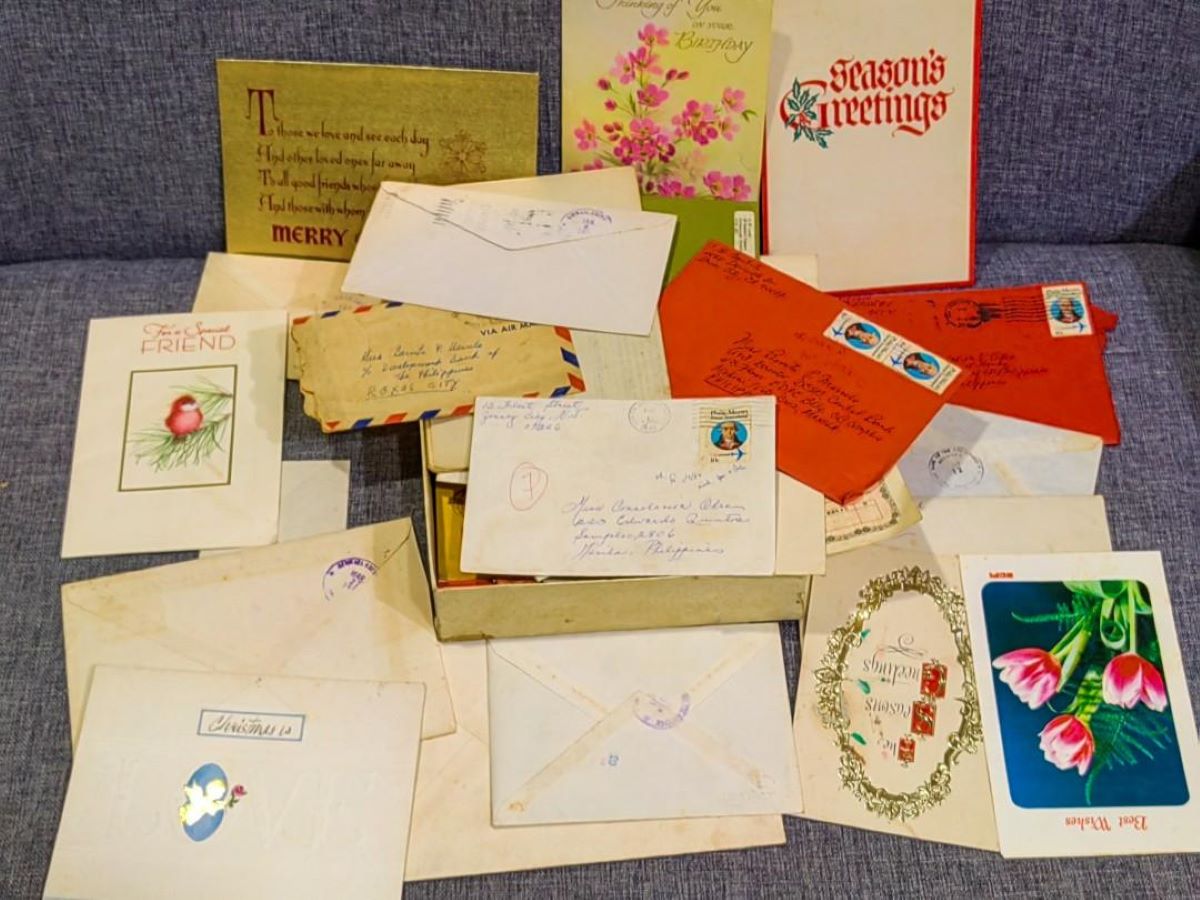
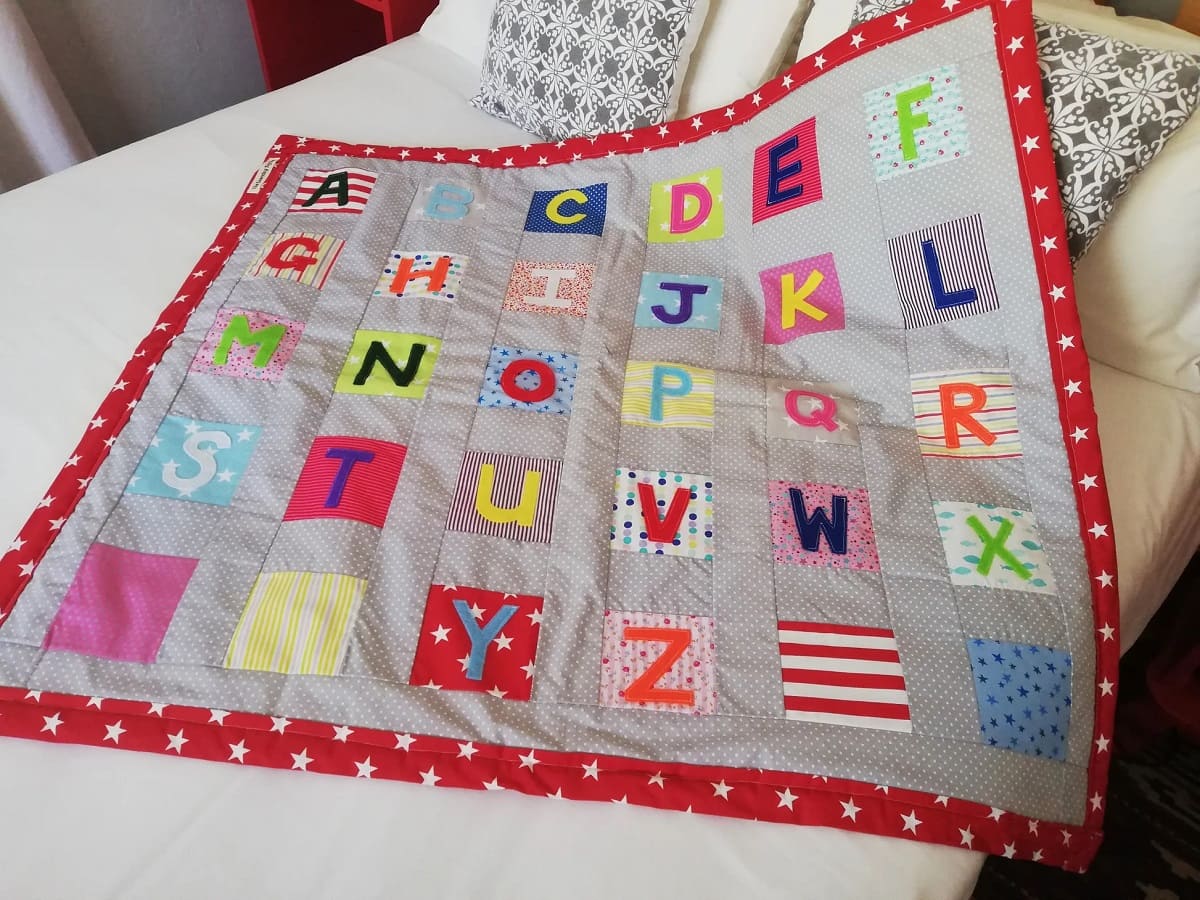
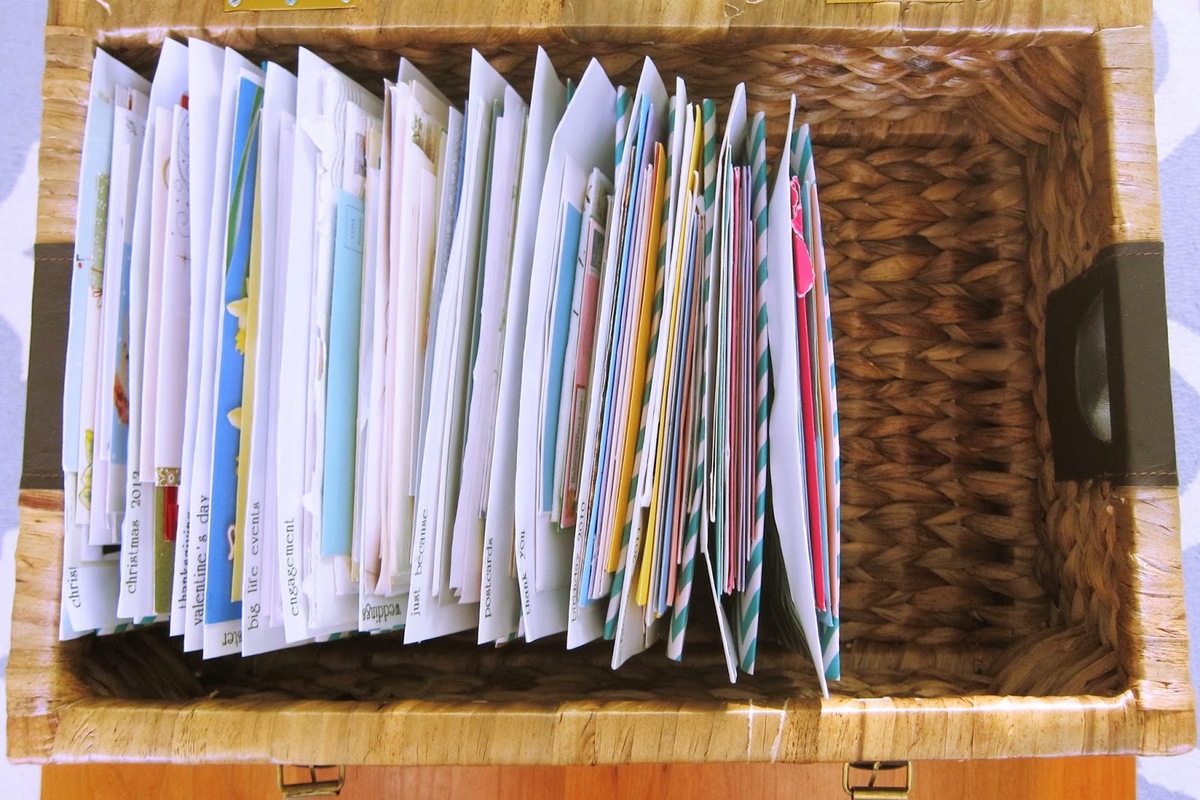
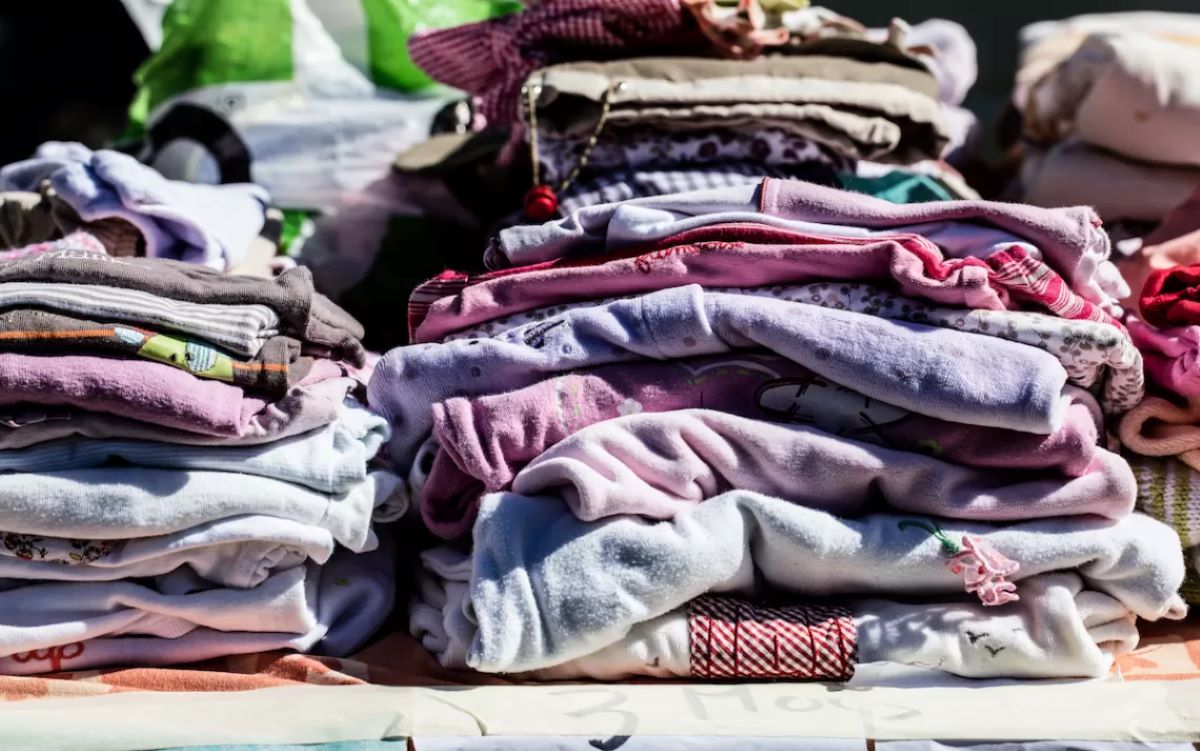




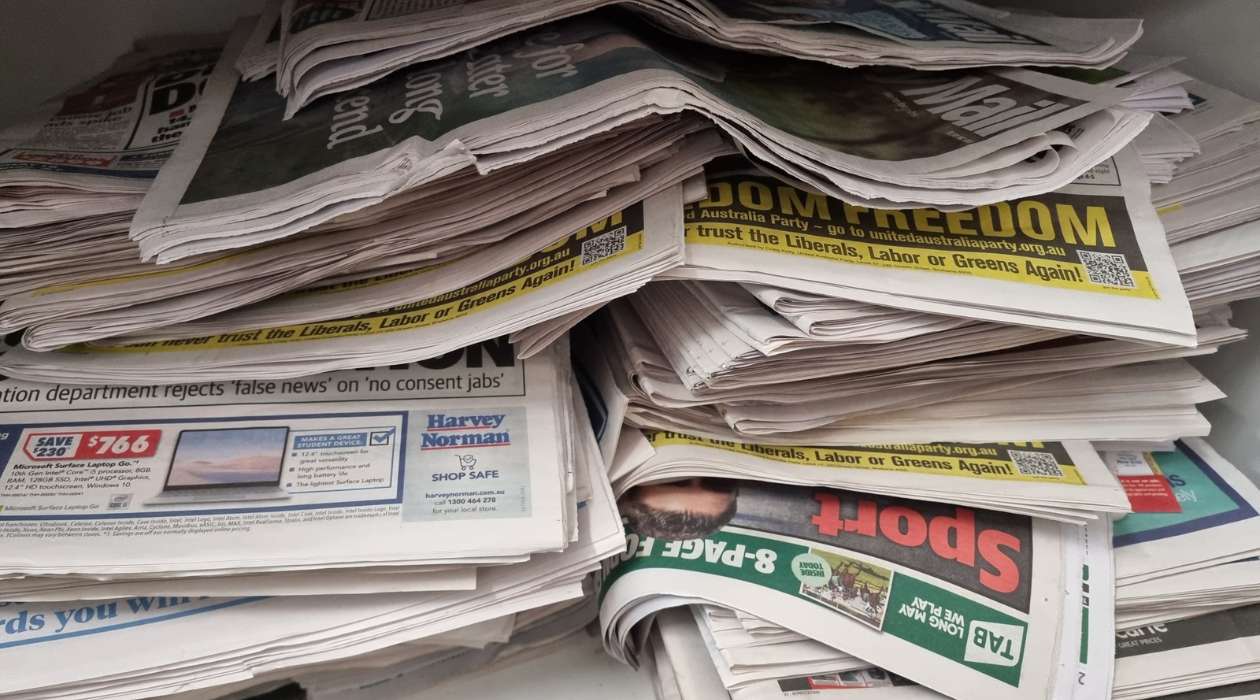

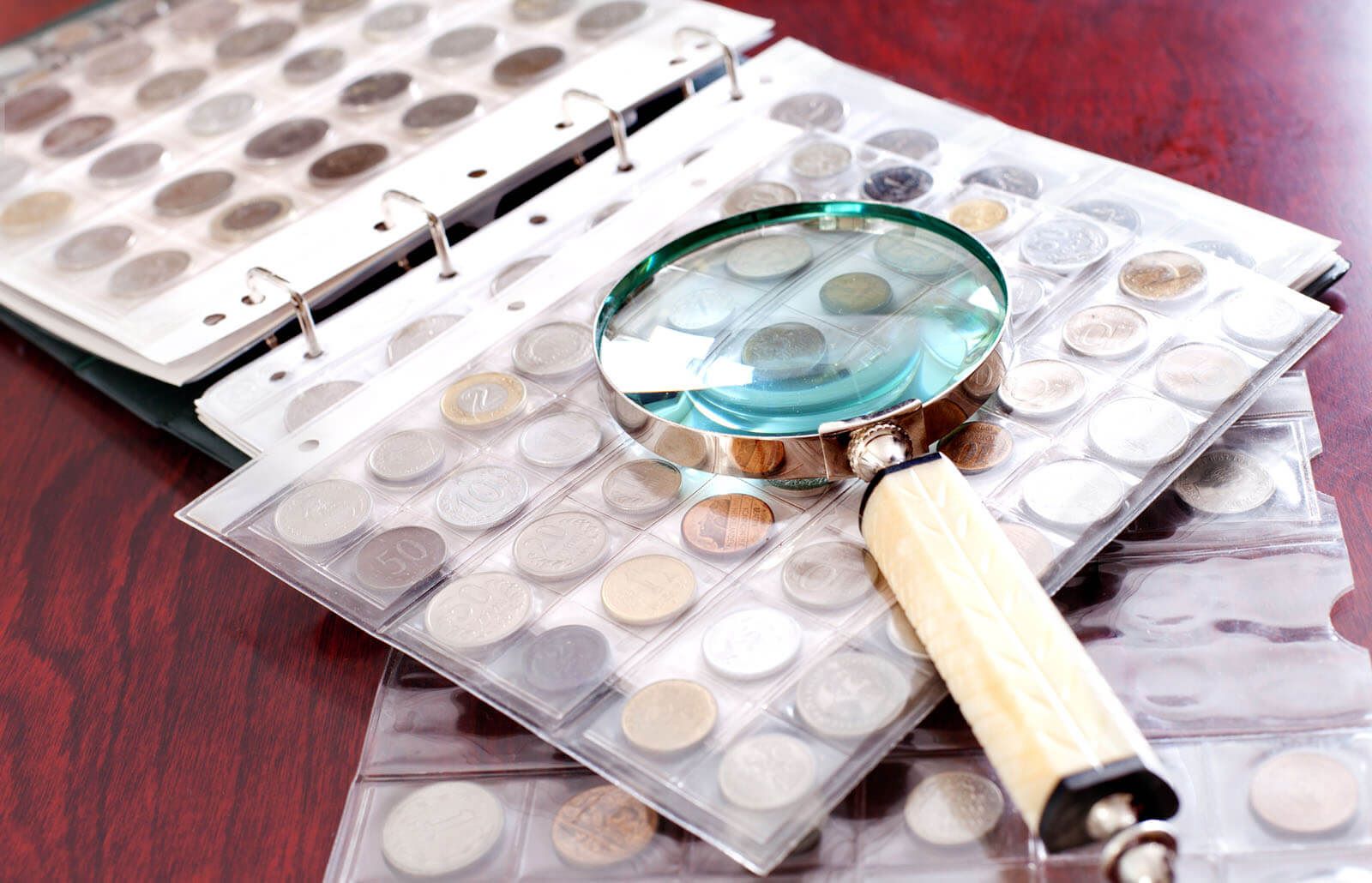
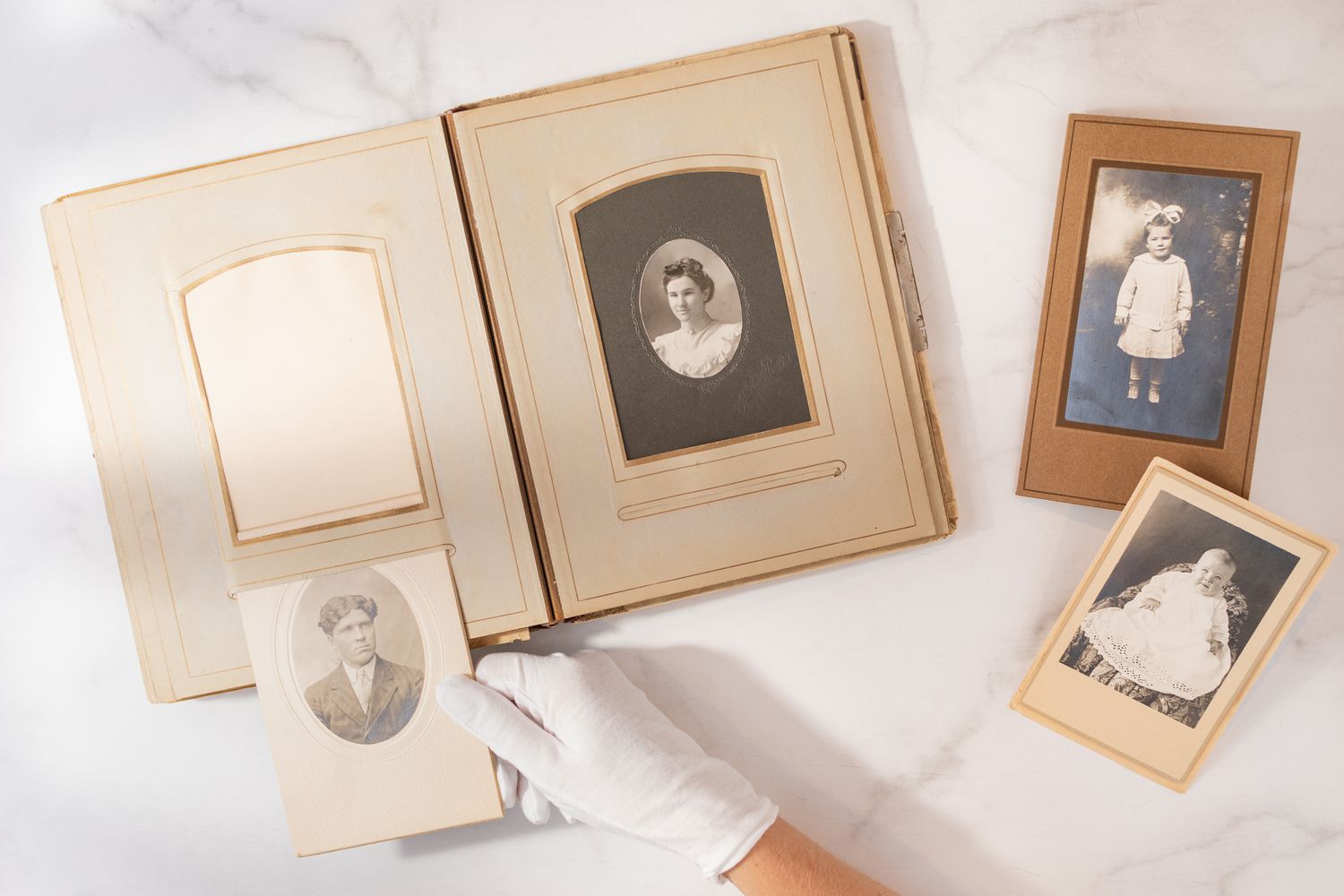
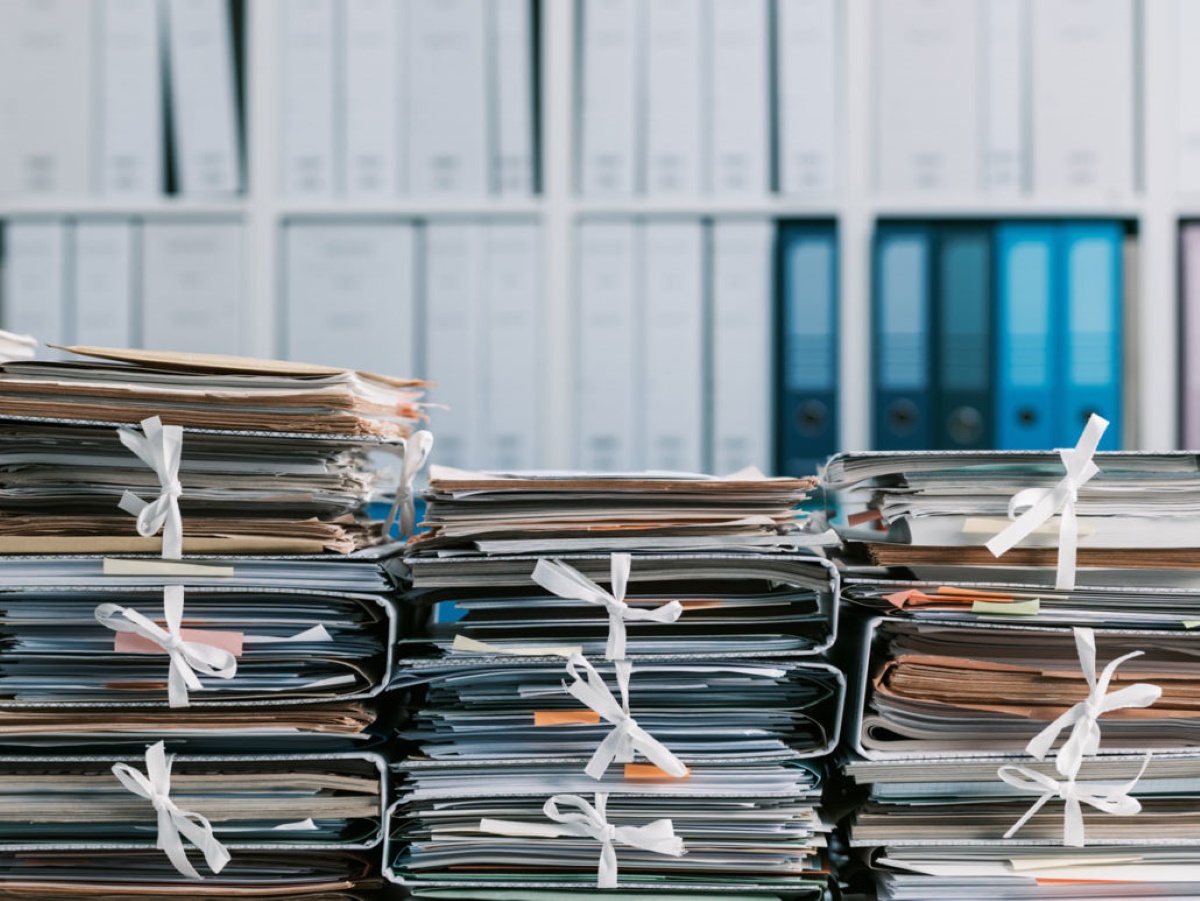


0 thoughts on “How To Store Old Letters”